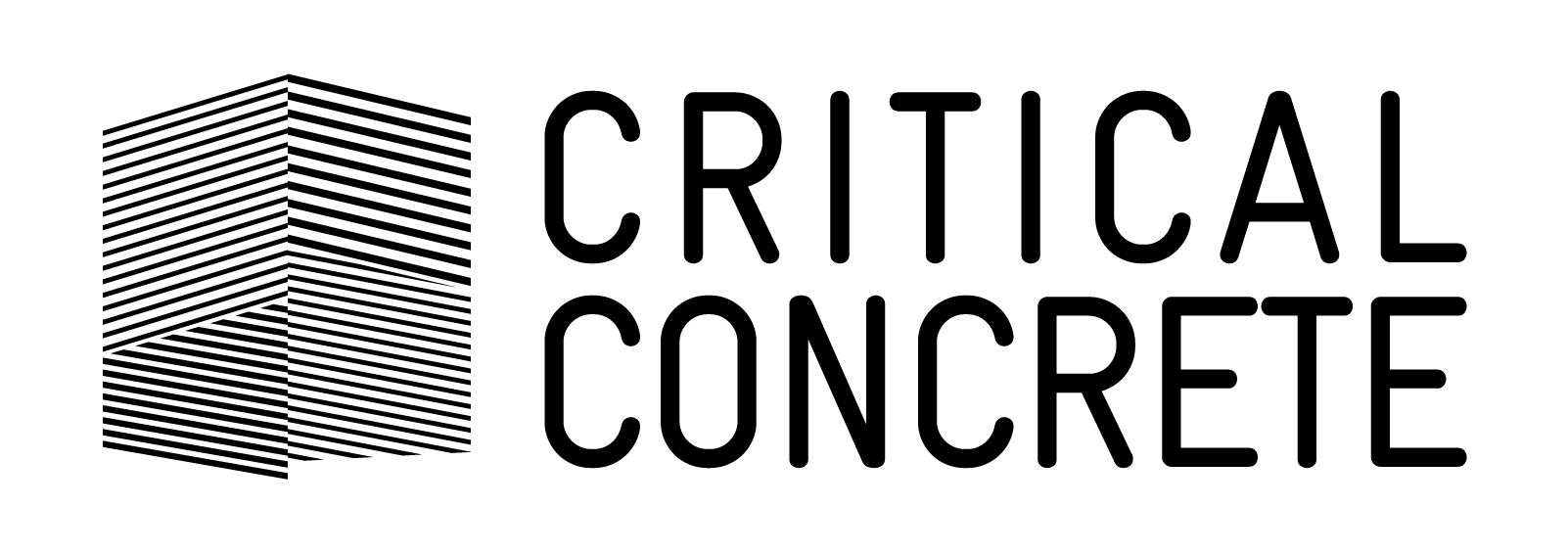Christof Mayer
RaumlaborBerlin
BIOGRAPHY
Christof Mayer studied architecture in Berlin and London. He graduated 1998 at the Technical University of Berlin. In 1999 together with Andrea Hofmann, Jan Liesegang and Markus Bader he founded the architecture collective raumlaborberlin. In 2000 he became member at the Chamber of Architects Berlin and started Büro für Architektur und Städtebau. Christof Mayer has been teaching in Germany, Switzerland, Norway, Greece and Australia. 2014 he held a residency at the Monash University in Melbourne. Since 2017 he is professor at the Bergen Architecture School in Norway.
EXPERIMENTAL ARCHITECTURAL PRACTICE
”Architecture is a tool, in the search for a city of possibilities, the city of tomorrow!”
Christof Mayer is part of raumlaborberlin, a network and a collective of eight architects that work at the intersection of architecture, city planning, art and urban intervention, with the issues of contemporary architecture and urbanism where they investigate strategies for urban renewal in various interdisciplinary working teams.
raumlabor acts upon a strong belief that complexity is real and good and that our society today does need a more substantial approach, wherein their spacial proposals focus upon small scale and are deeply rooted in the local condition. Activation through use is their central approach where they see multi-facetted usage of public space as a driving force for the development of vibrant, contemporary and adaptive neighbourhoods.
With a perspective of seeing the city and urban renewal as a process, they open up new perspectives for alternative usage patterns, collective ideals, urban diversity and difference: “We are attracted to difficult urban locations. Places torn between different systems, time periods or planning ideologies, that can not adapt. Places that are abandoned, left over or in transition that contains some relevance for the processes of urban transformations. These places are our experimentation sites. They offer untapped potential which we try to activate.”


